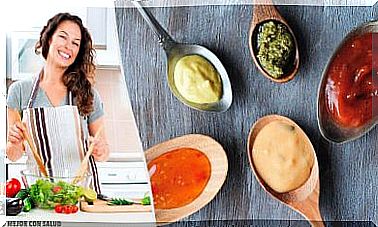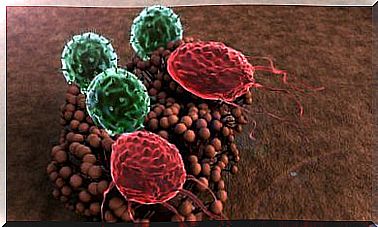What Happens When You Do An Abdominal Flush?
The medical abdominal lavage is also called peritoneal lavage or abdominal lavage. Find out what it is for and how it is used.
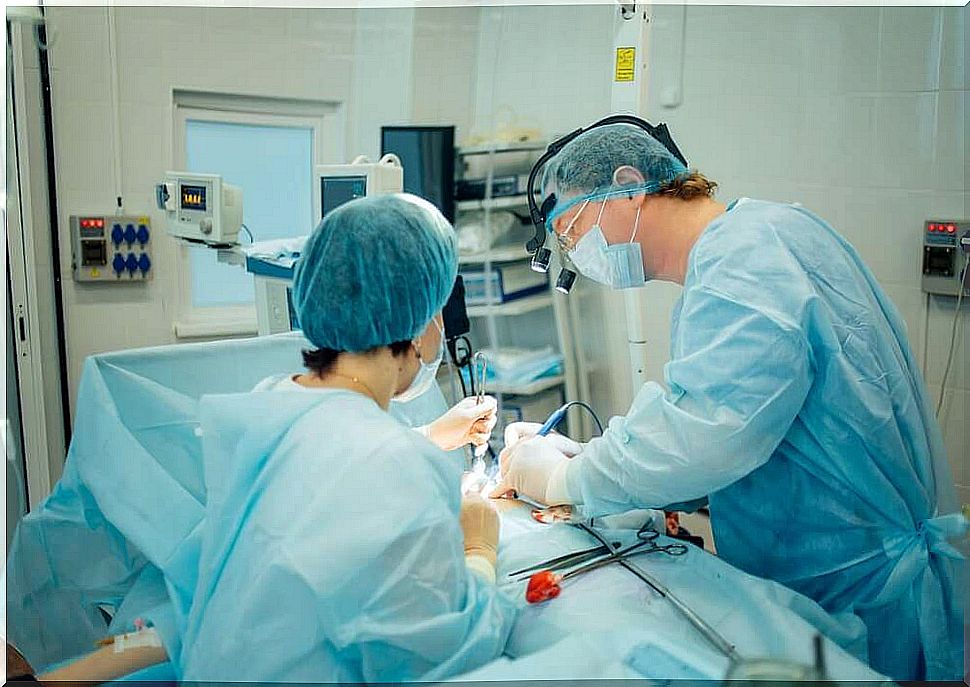
An abdominal irrigation performed by your doctor does not flush the intestines or stomach, but the abdomen itself, in which your organs are located. We explain to you when, why and how the abdominal irrigation is used.
The medical abdominal wash
Medical abdominal irrigation, also known as peritoneal lavage, has nothing to do with an intestinal irrigation or an enema. This colonic irrigation and the associated ideas regarding a “detoxification” or “increase in wellbeing” have nothing to do with medicine.
The abdominal irrigation, on the other hand, is a fixed term in medicine and is used for therapy and diagnostics. However, it is used very rarely nowadays. Because modern imaging procedures can make more differentiated diagnoses than an abdominal irrigation could ever do.
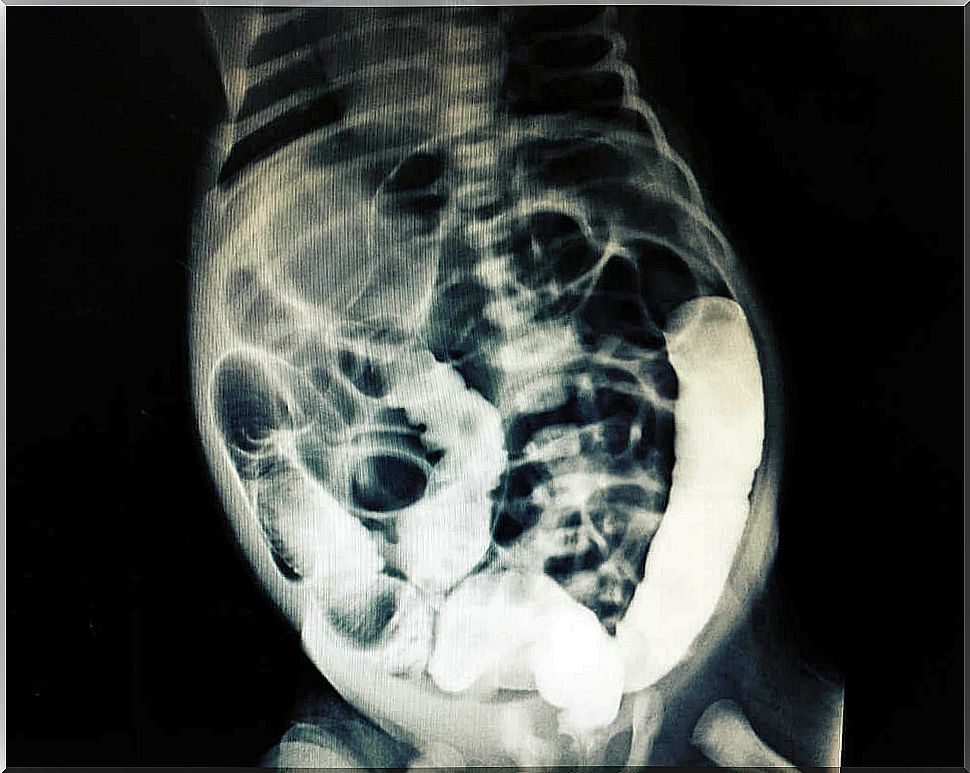
When is the abdominal irrigation used?
As already mentioned, it is an older method for diagnosing inflammation or tumors, which is nowadays only used extremely rarely. Because the imaging technology (ultrasound, MRT, CT, …) delivers significantly better and more reliable results. If your doctor wants to use the abdominal wash for diagnostic purposes, switch doctors.
The situation is different if the rinse is to be used for therapeutic purposes. With certain diseases; For example, in the case of an advanced inflammation of the peritoneum, it can make sense to manually remove the enzymes, toxins and protein products of the inflammation through the flushing process in order to accelerate the healing process.
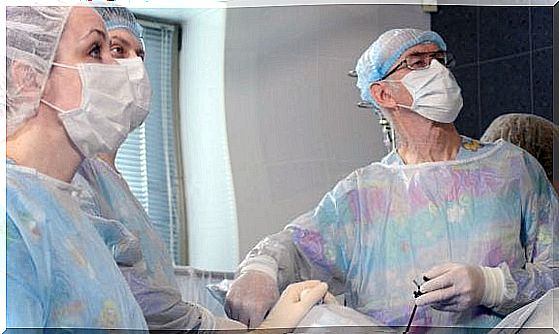
Procedure for diagnosis
If the irrigation is used for diagnostic purposes, the doctor will insert a catheter into your abdomen below your belly button. The doctor then uses this catheter to flow sterile saline solution into your abdomen. It is then examined whether the rinsing liquid flowing back contains the following components:
- blood
- bile
- Feces
- bacteria
Most of the time, the liquid is also examined for further parameters in the laboratory. However, about 5% of the diagnoses made about abdominal irrigation are incorrect. Because during the puncture, blood could also get into the rinsing fluid or the fluid flowing back could not be adequately examined.
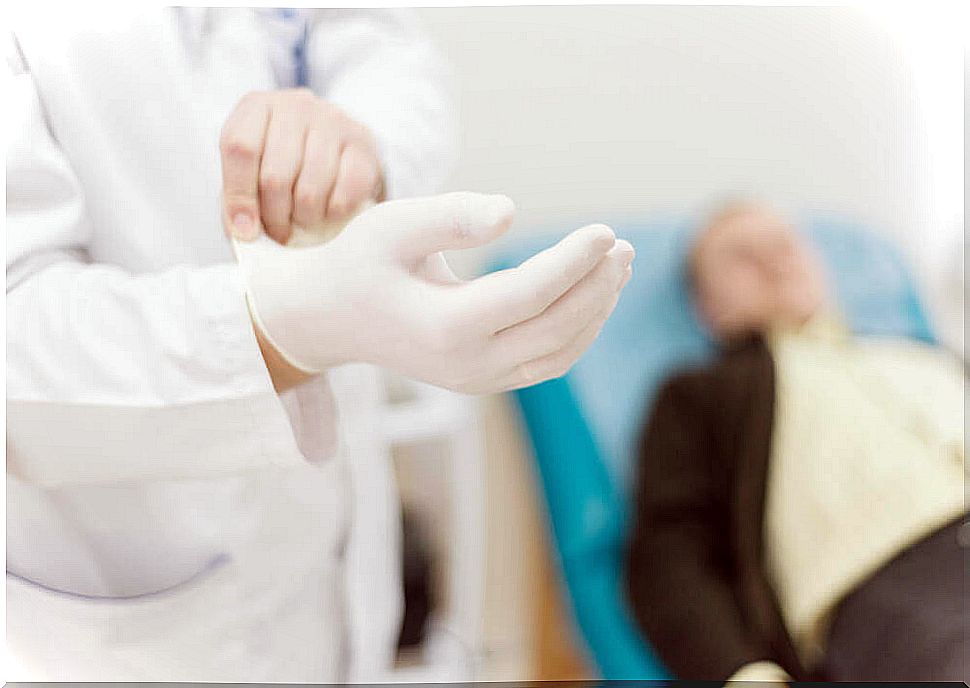
Approach to therapy
The abdominal irrigation is used for therapeutic purposes to treat inflammation in the abdomen. A catheter is also inserted through the abdominal wall, through which the irrigation fluid, usually saline solution, is introduced into the abdomen.
The aim is to remove decomposition products of the inflammation, but also blood, feces and other substances.
The abdominal irrigation of severely hypothermic patients occupies a special position. In order to gently but quickly warm them up to a viable temperature, warm saline solution is filled into the abdomen. In this way, the patient is not only warmed up externally, but also internally.
In the case of chronic kidney disease, abdominal irrigation can also be the means of choice for flushing certain substances out of the body. Then the procedure is called “peridual dialysis”.
Application in veterinary medicine
In veterinary medicine, abdominal irrigation is still a common diagnostic method and is also used for therapeutic purposes. Cats with chronic kidney disease in particular can benefit from regular abdominal flushing.
Risks
Flushing the abdominal cavity not only has advantages, but also risks. The abdominal wall is pierced to place the catheter. There is always the risk of germs getting into the abdomen or the wound of the puncture hole becoming infected. Wound healing disorders can also occur.
Injuries to the organs are also possible if the irrigation is carried out incorrectly. Because of the risks involved, irrigation should only be used for therapeutic purposes and should not be used for diagnosis. There are better and safer methods of doing this today.

